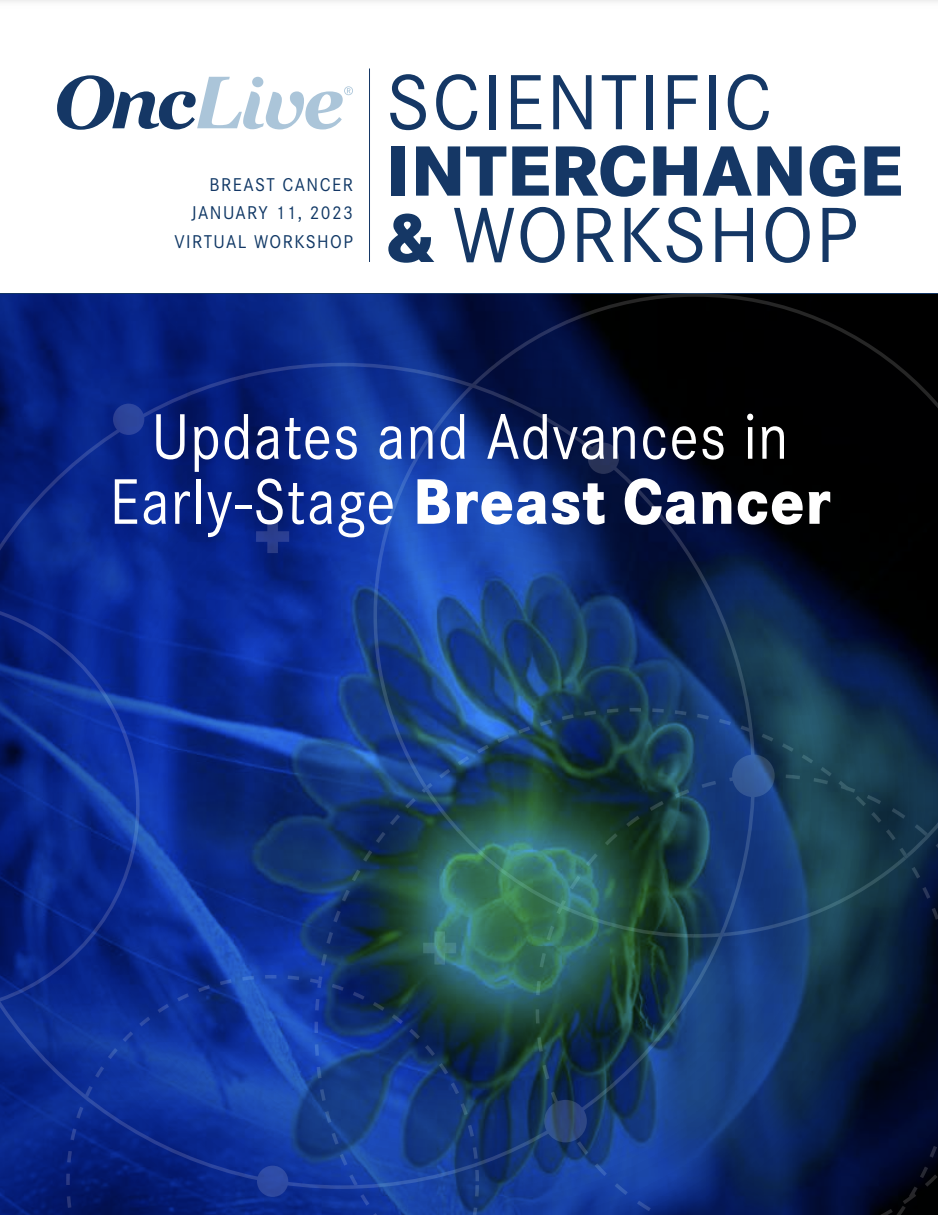Commentary
Video
Supplements and Featured Publications
Dr Hamilton on Implications of DESTINY-Breast06 on the HER2-Low Breast Cancer Paradigm
Author(s):
Erika P. Hamilton, MD, discusses the efficacy of trastuzumab deruxtecan in patients with HER2-low breast cancer.
Erika P. Hamilton, MD, director, Breast Cancer Research, Sarah Cannon Research Institute, discusses the implications of findings from the phase 3 Destiny-Breast06 trial (NCT04494425) on the treatment paradigm for HER2-low breast cancer.
The randomized DESTINY-Breast06 trial evaluated fam-trastuzumab deruxtecan-nxki (T-DXd; Enhertu) vs physician’s choice of chemotherapy in patients with hormone receptor–positive, HER2-low or -ultralow breast cancer who were naive to chemotherapy in the metastatic setting. Prior treatment requirements included at least 2 lines of endocrine therapy with or without targeted therapy for metastatic breast cancer; or 1 line of therapy in the metastatic setting with either progression within 6 months of beginning first-line treatment with endocrine therapy plus a CDK4/6 inhibitor, or recurrence within 24 months of beginning adjuvant endocrine therapy.
Hamilton notes that DESTINY-Breast06 differed from the phase 3 Destiny-Breast04 study (NCT03734029) in 2 significant ways. First, it included patients receiving first-line cytotoxic therapy without the requirement of previous cytotoxic treatment. Second, it incorporated a patient population classified as HER2-ultralow, defined as immunohistochemistry 0 with less than 10% staining.
The trial met its primary end point of progression-free survival (PFS) in the HER2-low population, Hamilton explains. Patients with HER2-low disease treated T-DXd (n = 359) achieved a median PFS of 13.2 months per blinded independent central review assessment vs 8.1 months for those given investigator’s choice of chemotherapy (n = 354; HR, 0.62; 95% CI, 0.51-0.74; P <.0001). PFS benefits were also observed with T-DXd in the intention-to-treat population comprised of patients with HER2-low or -ultralow disease (HR, 0.63; 95% CI, 0.53-0.75; P <.0001) and in the population of patients with HER2-ultralow disease (HR, 0.78; 95% CI, 0.50-1.21).
These findings demonstrate that T-DXd could have a role earlier in the treatment sequence for patients with advanced hormone receptor–positive, HER2-low breast cancer, potentially supplanting chemotherapy, Hamilton notes. However, Hamilton emphasizes that T-DXd followed endocrine therapy in this study, noting that the majority of enrolled patients had received at least 2 prior lines of endocrine therapy before being administered study treatment. Exhausting endocrine therapy options prior to moving to antibody-drug conjugates should still be considered as the standard approach for patients with advanced hormone receptor–positive, HER2-low breast cancer, Hamilton concludes, adding that T-DXd could serve as a chemotherapy replacement after endocrine therapy.










